Development of Visible-to-Near Infrared Nanoplasmonics Using Metal & Heavily-Doped Semiconductor Nanoparticles
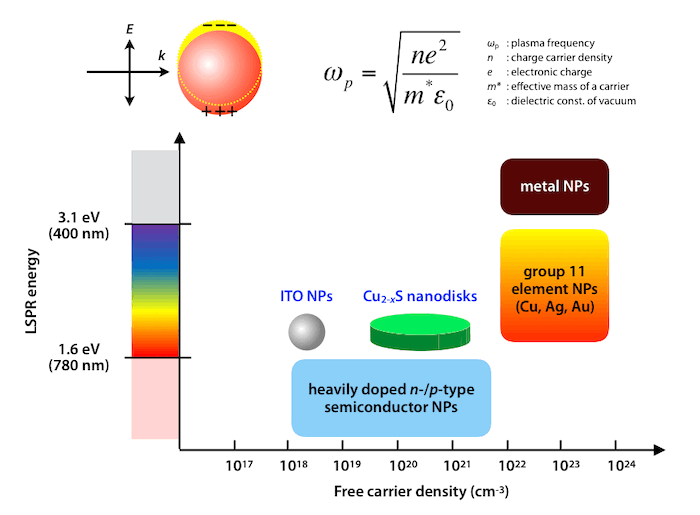
Control over LSPR Wavelength and Optical Properties of Shape-Controlled Metal Nanoparticles
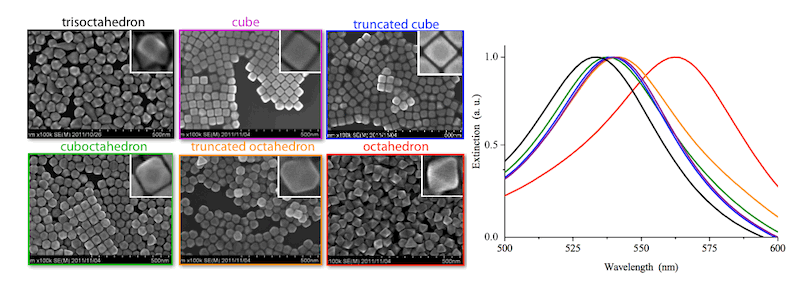
Simple Reductant Concentration-Dependent Shape-Control of Polyhedral Gold Nanoparticles and Their Plasmonic Properties
(Langmuir 2012, 28, 9021.)
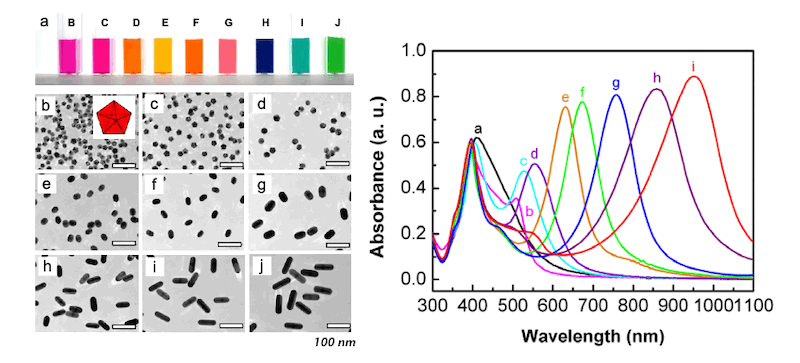
One-Pot Controllable Synthesis of Au@Ag Heterogeneous Nanorods with Highly Tunable Plasmonic Absorption(Chem. Mater. 2013, 25, 2580.)
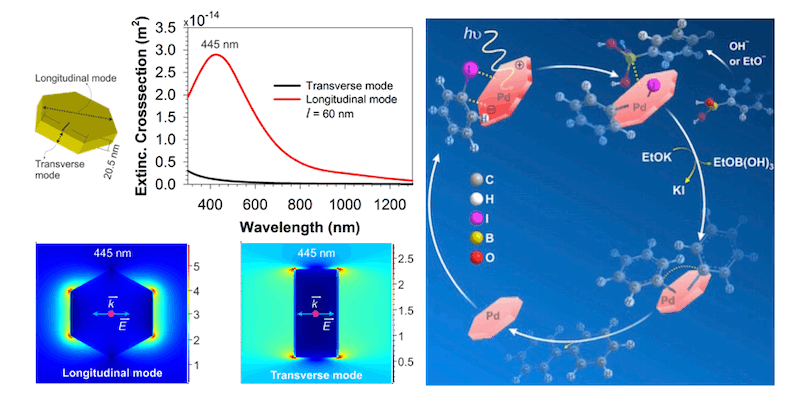
Visible to Near-Infrared Plasmon-Enhanced Catalytic Activity of Pd Hexagonal Nanoplates for the Suzuki Coupling Reaction
(Nanoscale 2015, 7, 12435.)
Control over LSPR Wavelength and NIR Light Energy Conversion Using Shape-Controlled Heavily-Doped Semiconductor Nanoparticles
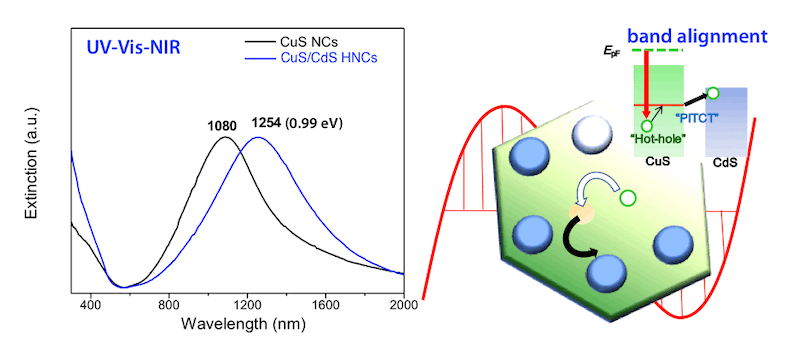
Near Infrared Light Induced Plasmonic Hot Hole Transfer at a Nano-Heterointerface(Nat. Commun. 2018, 9, 2314.)
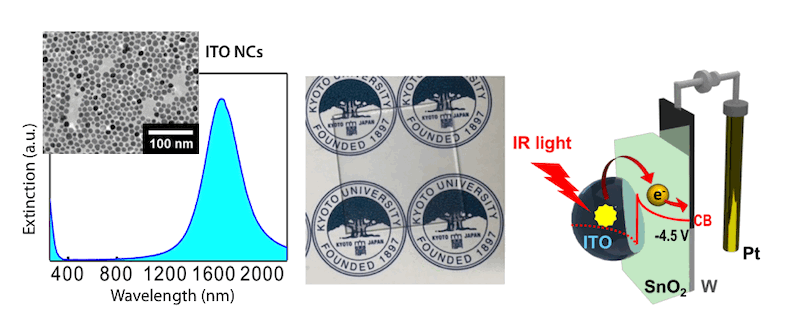
Clear and transparent nanocrystals for infrared-responsive carrier transfer(Nat. Commun. 2019, 10, 406.)
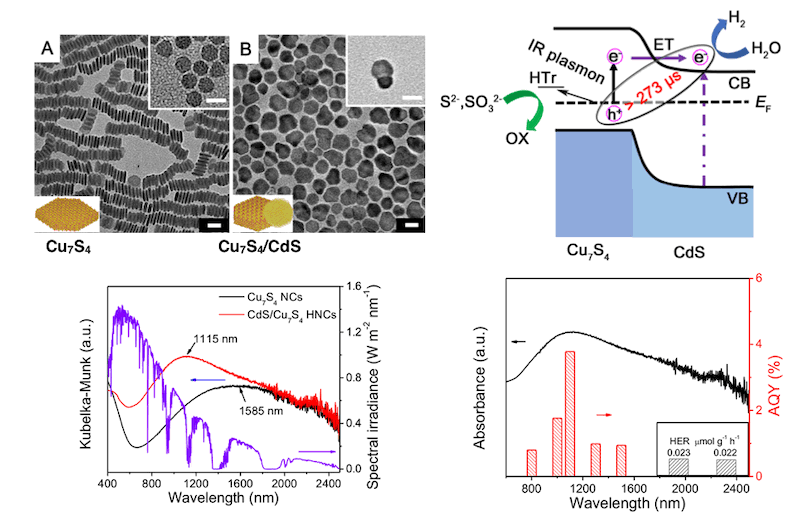
Plasmonic p-n Junction for Infrared Light to Chemical Energy Conversion
(J. Am. Chem. Soc. 2019, 141, 2446. (Cover Picture))
Acceleration of Photochemical Processes by Plasmonic Enhancement of Photoelectric Field
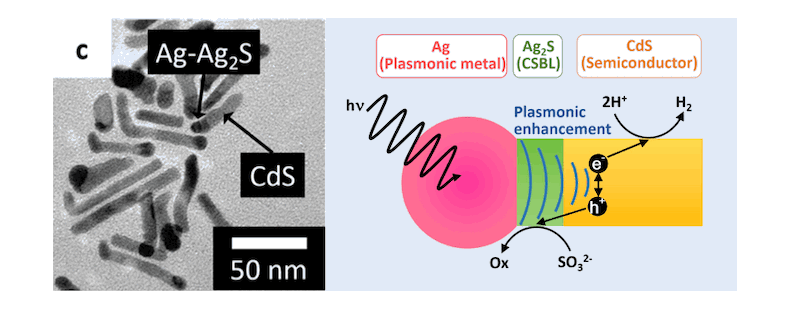
Carrier-selective Blocking Layer Synergistically Improves the Plasmonic Enhancement Effect
(J. Am. Chem. Soc. 2019, 141, 8402. (Cover Picture))